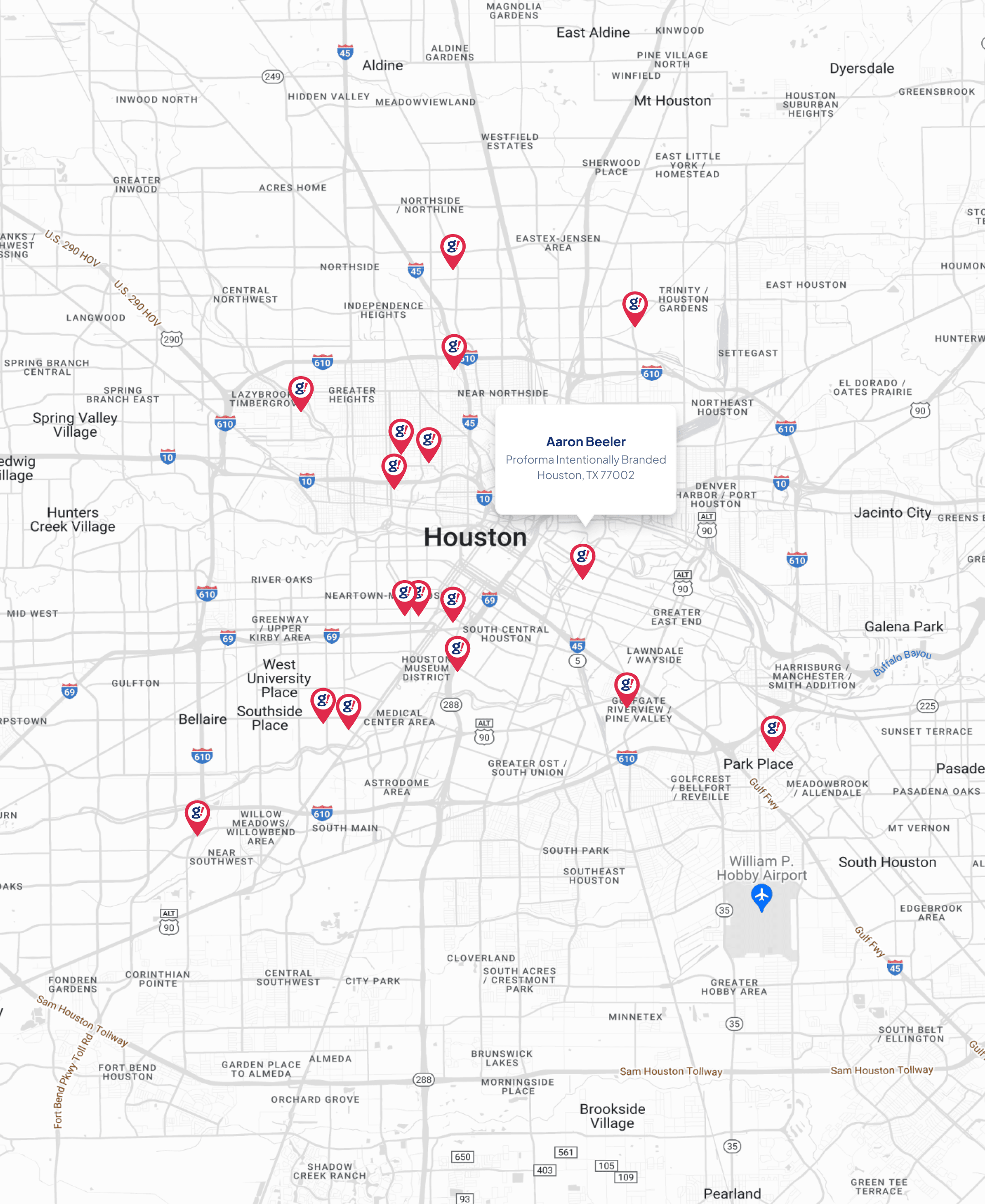How to increase your online to offline sales
- Updated on: 2019-02-15
- Read original article here

Download the full report
Value of search
Search has value across the cosumer decision journey. It can help shoppers learn about new products, compare options and find nearby stores.
With paid search in your marketing mix, you can help drive revenue - both online and offline - and deliver the right message to consumers as they're searching for your products or brand.
Executive summary
Search influences decisions at every stage of the consumer’s decision journey. When consumers go from inspiration to purchase, they depend on search engines to find a product and how to buy it. But how does paid search affect purchases – in particular, brick-and-mortar purchases?
In late 2016, Microsoft worked with a nationwide department store chain in the US to understand how paid search campaigns impacted sales, both online and offline. Based on both the retailer’s in-store purchase data and their Bing Ads account data, the study examines how Bing Ads campaigns can drive in-store revenue and have a positive effect on offline return on ad spend (ROAS), especially during the holiday season.
This white paper will help advertisers understand how consumers utilize search from initial consideration to purchase, and how to adjust the timing of search engine marketing (SEM) to maximize both offline and online revenue.
Key takeaways:
Bing Ads influence both online and offline purchases.
Non-brand ads and Bing Shopping Campaigns (BSC) have a larger impact on offline sales during the holidays.
Bing Ads have a higher offline return on ad spend (ROAS) during the holidays, for every ad type.
Offline conversion cycles are lengthier than online conversion cycles.
Methodology
For online transactions, this retailer has Universal Event Tracking (UET) set up for their Bing Ads account. UET uses a single tag which allows advertisers to retarget their search audience and track conversion across multiple accounts and campaigns.
For offline transactions, Microsoft teamed up with LiveRamp , a leader in online performance marketing, to analyze their deep set of their clients’ cross- channel marketing data and, to map the retailer’s offline purchases back to online search behaviors on the Bing Network.
LiveRamp employed a process known as cookie matching to anonymously identify transactions that were influenced by Bing Ads.
Here's how it works:
Using last-click attribution (standard 30-day lookback), we looked at text ad campaigns for branded and category, or non-branded, keywords, as well as Bing Shopping Campaigns.
We compared the attribution results between a holiday timeframe (November – December 2016) and a non-pre-holiday timeframe (October 2016), to determine the seasonal impact.
Overall, the study identified and analyzed 904K in-store transactions resulting in $59M of in-store revenue for the retailer.
Key findings
Bing Ads influence online and offline purchases.
In fact, during the holidays, Bing Ads campaigns delivered a larger share of offline sales than online sales. Prior to the holidays, of the total revenue generated by Bing Ads campaigns, 39% was offline sales.
During the holidays, revenue share from offline sales rose to 52%.
Offline revenue contribution during the holidays compared to before the holiday season
When In-Store Transactions Occur After a Paid Search Click during the Holidays.
For advertisers, this means that in order to make the most of the holiday season, paid search campaigns need to be live in October, at least 4 weeks ahead of key dates like Black Friday and Cyber Monday. But they shouldn’t expect an immediate return on ad spend.
For the 34% of in-store customers who purchase in less than within a week, it’s important to keep paid search campaigns running up past last final shipping deadlines, especially as we see that in-store purchases begin to overtake online purchases as early as the first week of December and grow steadily until Christmas.
Significantly, the study shows that Bing Ads has a considerable impact on offline post-Christmas purchases, relative to online.
Ecommerce and physical store purchases vs. paid search spend
Recommendations
Bing Ads helps retailers engage their customers to shop with them both online and in-store. During the holidays, Bing Ads proves to be an even more valuable channel for advertisers. Plan and evaluate paid search as part of your broader marketing strategy, to ensure you engage your customers with the right message at the right time.
Kick off SEM campaigns early to engage research and comparison shoppers.
Because the majority of offline customers (66%) make a purchase 2-4 weeks after engaging with a search ad, it’s important to get Bing Ads campaigns set up well in advanced of key shopping periods.
Take advantage of Bing Ads features to help you manage longer customer journeys.
Lengthier conversion cycles mean a higher risk that your competitors can intercept your shoppers. Use Remarketing to make sure your brand stays top-of-mind throughout your customer’s purchase path. Employ Universal Event Tracking (UET) to ensure you know that you’ve earned conversions.
Invest in non-brand and Bing Shopping Campaigns for revenue growth.
Non-brand and Bing Shopping Campaigns are proven to be even more impactful for online and offline purchases during the holidays. Be sure to use Keyword Planner to identify new non-branded keyword opportunities for your campaigns. Develop descriptive, keyword-rich, and up-to-date product feeds for your Bing Shopping Campaigns , as well as other Bing Shopping Campaign best practices.
Keep paid search campaigns running past last shipping deadlines.
A sizable segment of offline customers (34%) convert in under a week. As shipping options grow scarce, gift shoppers continue to search, click, and buy in-store. Also, paid search influenced a much larger share of offline revenue than online both pre- and post- Christmas and also post-Christmas.
For more expert insights and answers, visit Bing Ads Insights . To learn more about optimizing your holiday campaigns, check out the Bing Ads Holiday Planning Guide and Holiday Hub .



